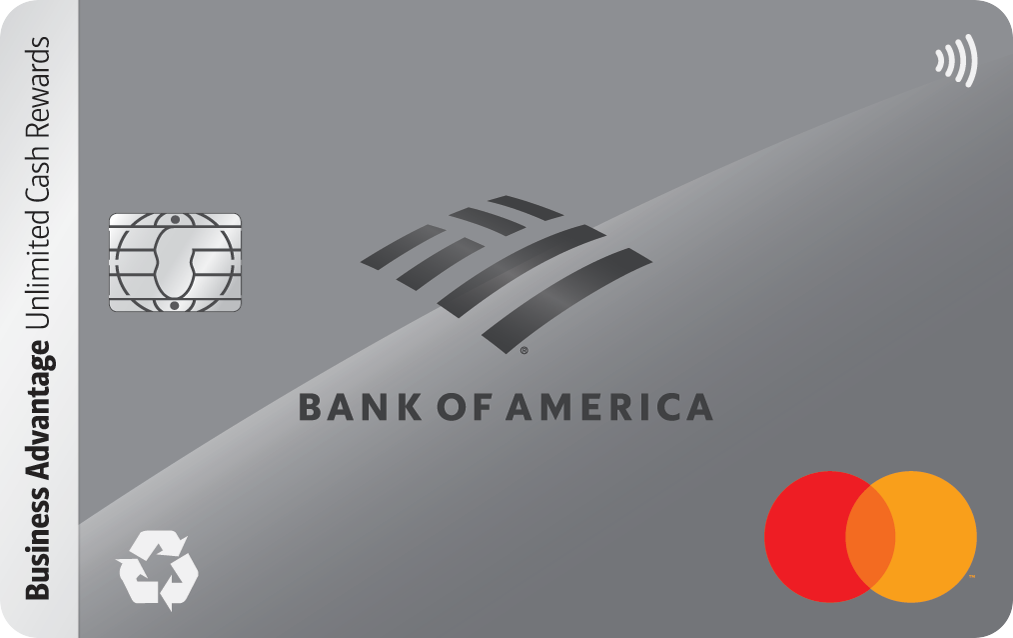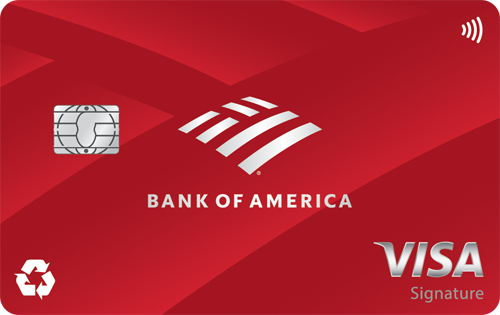Here's What Actually Happens When You Max Out a Credit Card

Image source: Getty Images
I've seen plenty of financially responsible people max out a credit card. Whatever the reason, the moment you swipe and hit that limit, things change.
And not just in ways you can see. Sure, you know your balance is sky-high. But behind the scenes, your credit score, your available cash flow, and even your stress levels can all take a hit.
Maxing out a card can be one of the fastest ways to derail your credit profile.
Your credit utilization shoots up
Credit scores love low utilization. That's the percentage of your available credit you're using at any given time. The golden rule is to keep it below 30%, but in practice, under 10% is even better.
When you max out a card, your utilization for that card hits 100%. That's like a neon sign flashing "high risk" to lenders. Even if you pay on time, your score can still take a dive just because you're using all the credit available.
Your minimum payments climb
Credit card issuers calculate your minimum based on your balance. So the higher your balance, the higher your minimum. If you were used to sending in $50, you might suddenly owe $150 or more each month just to stay current.
And here's the kicker: Those minimums mostly go toward interest if you don't pay in full.
Interest piles on fast
Carrying a maxed-out balance at 20% APR or higher is brutal. If you owe $5,000 at 25% APR and only pay the minimum, interest alone could run you over $100 a month. That's money going nowhere except the bank's pocket.
Future borrowing gets harder
Thinking about applying for a mortgage, auto loan, or even another credit card? A maxed-out card makes you look stretched thin. Lenders might deny you outright or only approve you at higher interest rates.
The stress is real
Money problems don't stay on paper. They follow you to bed at night, onto your morning commute, and into everyday choices. I've heard from readers who said their stress from maxing out a card was worse than the actual debt.
What to do if you're maxed out
If you're already at the limit, the first step is to stop swiping. Avoid adding new charges and focus on payments. A personal loan can consolidate your debt at a lower rate.
But the best balance transfer cards can buy you breathing room with offering close to two years of 0% intro APR. Check out our list of the top balance transfer card options today.
But the real long-term fix is building a system that keeps you from hitting that limit again. That might mean keeping an emergency fund in a high-yield savings account, so the next car repair doesn't end up on plastic.
Our Research Expert



